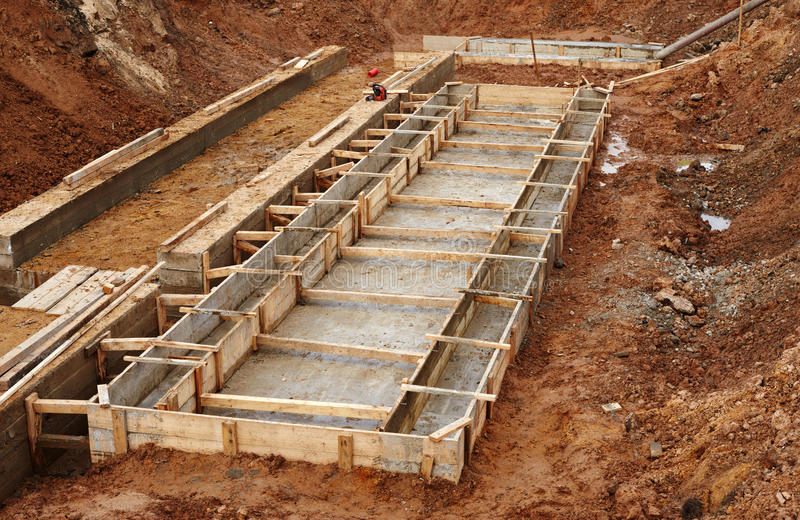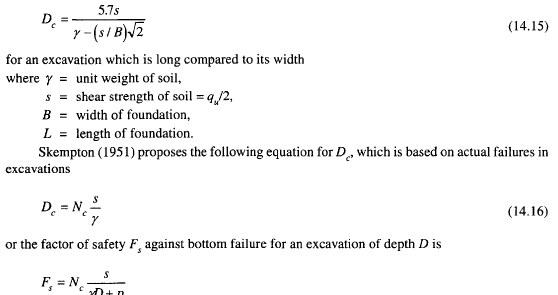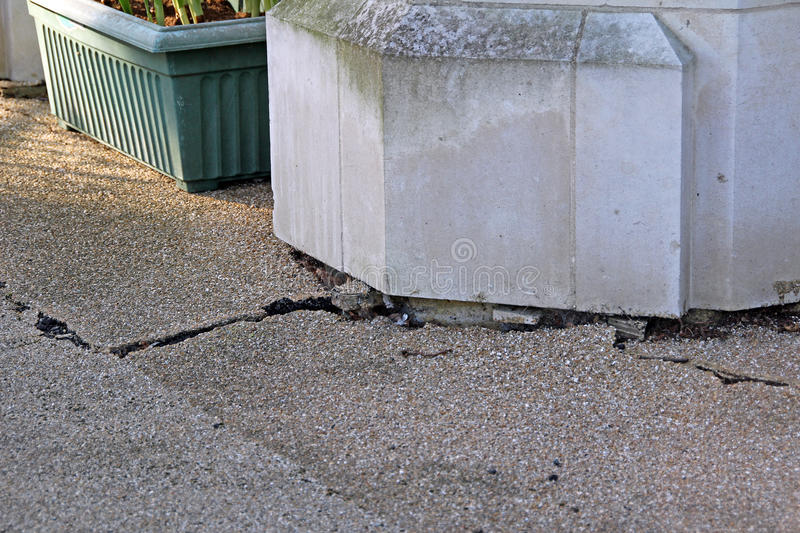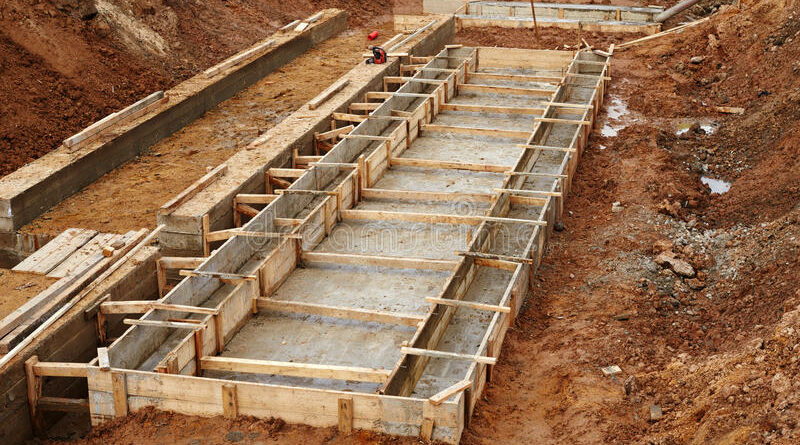What is a floating foundation?
A floating foundation is a type of foundation constructed by excavating the soil in such a way that the weight of structure built on the soil is nearly equal to the total weight of the soil excavated from the ground including the weight water in the soil before the construction of structure.

A Floating Foundation, also known as Balancing Raft is a type of foundation where the weight of the building is approximately equal to the full weight of the soil and water removed from the site of the building prior to construction.
Problems During in the Design of a Floating Foundation
The following problems are to be considered during the design and construction stage of a floating foundation.
- Excavation
- De watering
- Critical depth
- Bottom heave
Excavation
The excavation for the foundation has to be done with care. The sides of the excavation should suitably be supported by sheet piling, soldier piles and timber or some other standard method.

Dewatering
It is better to examine the water table level prior to the excavation. If the depth of the excavation is below the water table then dewatering is essential. Care has to be taken to see that the adjoining structures are not affected due to the lowering of the water table.
Critical Depth
If the shear strength of the soil is low and there is a theoretical limit to the depth to which an excavation can be made. Terzaghi (1943) has proposed the following equation for computing the critical depth Dc,

Where Nc = Skempton’s bearing capacity factor.
By using any one the above two equations, the critical depth or maximum depth of excavation can be determined.
Bottom Heave
When the soil is excavated up to some depth, the pressure of the soil below this depth is lowered which results the formation of heave.

The formed heave causes settlement to the structure or foundation. We cannot prevent the formation of heave but there are some methods to minimize the formation of heave.
There are two possible causes of heave:
- Plastic inward movement of the surrounding soil.
- Elastic movement of the soil as the existing overburden pressure is removed.
Principle of Floating Foundation
The main principle of floating foundation is to balance the weight of removed soil by a structure of same weight which causes zero settlement to the structure. So, this foundation is also called as balancing raft foundation.
Let’s consider a ground with water table at the top .The ground is excavated up to certain depth which is below water table. Now in the next step, a building is constructed which is as same weight as of the removed soil and water.
Even the depth of excavation is below the table the total vertical pressure in the soil below the foundation is unchanged because of its balancing weight. But here one point is to be noted that we cannot build a structure immediately after the excavation.
During the time of construction, the effective vertical pressure under the depth of excavation may slightly increase because of unbalancing weight. So, this type of foundations can also be called as partly compensated foundations instead of fully floating or compensated foundations.
Advantages of flooting foundation:-
Low Load-bearing Capacity
Floating foundations are best in areas of low load-bearing capacity — when constructing a building over loose soil — or if the soil has varying degrees of compression compatibility. Construction of deep foundations will not be viable in new fill, sand and loose soil areas but, because floating foundations spread the support over a large area, there are no points of pressure taking a heavy load. To make the floating foundation stronger it might contain beams or ribs.
Nearby buildings
A floating foundation can be poured when other building foundations are close. To build deep foundations would interfere with the structure of other buildings.
Moisture
Floating foundations can be used on high moisture soils. The positioning of the foundation above the earth, rather than in it, helps create a moisture barrier between the ground and the structure.
Trenches
Floating foundations require far less digging because deep footer trenches are not needed. In addition, there is no need to disturb the earth beneath the building where there might be long-established tree roots or ground water.
Movement
If the earth is expected to move due to high underground moisture or high levels of vibration – as in the case of mining areas or heavily used highways -floating foundations will not be compromised.


Everything is very open with a precise clarification of the challenges. It was definitely informative. Your site is very helpful. Thanks for sharing!